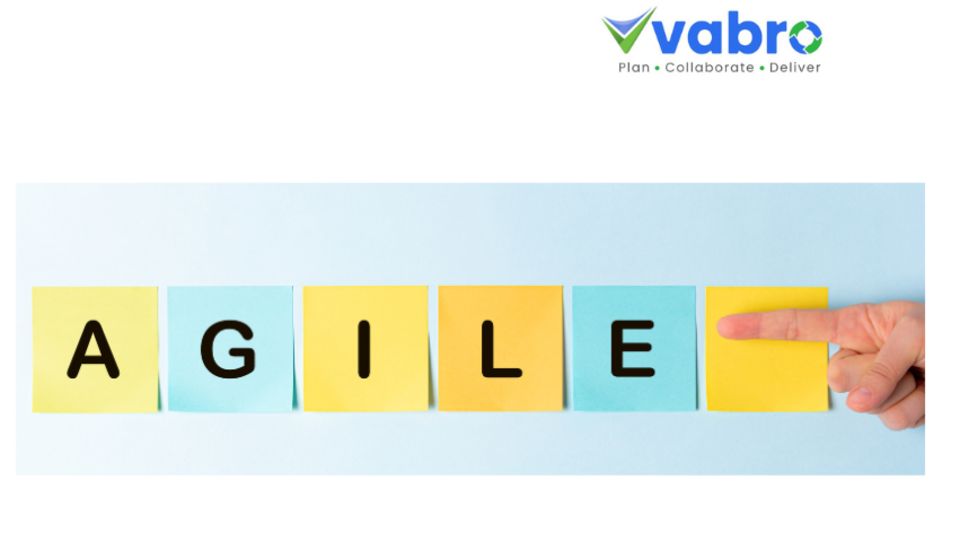Lean Agile: Merging Lean Principles with Agile Practices
In the project management domain, two methodologies—Lean and Agile—have dramatically changed team approaches to productivity and innovation. Lean emphasizes eliminating waste in pursuit of value, while Agile focuses on adaptability and working incrementally toward a goal. These ideas are fused into the Lean Agile framework, which combines the strengths of both approaches to help teams produce high-quality products more efficiently and satisfy customers, all while navigating fluctuating market conditions.
Let’s dive into the essential principles of Lean Agile, its advantages, and how it can transform your workflow.
What is Lean Agile?
Lean Agile is the integration of Lean principles and Agile practices into an efficient, customer-centric approach to project management. The goal is to improve processes, eliminate waste, and deliver value incrementally. Lean Agile is widely applied in software development, manufacturing, and other industries that require both efficiency and flexibility.
Lean Principles
- Waste Elimination: Getting rid of non-value-added activities that don’t contribute to the customer.
- Continuous Improvement: Encouraging teams to reflect and improve workflows regularly.
- Maximizing Value: Focusing efforts on features and deliverables that directly benefit customers.
Agile Practices
- Iterative Development: Delivering work in small, manageable increments.
- Customer Collaboration: Keeping stakeholders involved throughout the project lifecycle.
- Adaptability: Responding quickly to changes in requirements or market demands.
Key Benefits of Lean Agile
1. Faster Delivery
Lean Agile ensures that teams focus on high-priority tasks and eliminate unnecessary steps. This approach reduces lead times, enabling faster delivery of products or features.
2. Improved Customer Satisfaction
By combining Lean’s focus on value with Agile’s emphasis on customer collaboration, teams are better equipped to meet customer needs. The iterative process ensures that deliverables align with customer expectations at every stage.
3. Improved Team Efficiency
With a Lean Agile framework, teams work on smaller, prioritized work items, which reduces the chances of burnout and increases productivity. Continual retrospectives help identify bottlenecks, ensuring continuous improvement.
4. Flexibility to Evolving Environments
Lean Agile allows teams to adapt to new challenges or shifts in requirements or market trends. The iterative nature of this methodology ensures resilience, especially in dynamic environments.
5. Improved Deliverable Quality
Lean Agile involves constant testing and feedback loops. The advantage is that problems are identified and addressed in their earliest stages, leading to better-quality outputs.
Best Practices for Implementing Lean Agile
1. Adopt a Customer-Centric Mindset
Lean and Agile both place the customer at the center. Ensure that every process or decision is aimed at delivering maximum value to the end user.
2. Focus on Continuous Improvement
Encourage teams to regularly reflect on their processes through retrospectives. Identify areas for improvement and implement changes incrementally.
3. Prioritize Value Streams
Map out value streams to identify the processes that add value to the customer. Eliminate steps that don’t directly contribute to the goal.
4. Promote Team Collaboration
Foster open communication and collaboration among cross-functional teams. Breaking down silos is key to innovation and effective problem-solving.
5. Leverage Agile Tools
Use tools like Vabro, which supports Lean Agile practices by offering features such as task boards, backlog management, and sprint planning. These tools help teams stay organized and focused on delivering value.
Conclusion
Lean Agile represents the perfect blend of Lean principles and Agile practices, offering teams a framework to deliver high-quality products efficiently. By focusing on eliminating waste, fostering collaboration, and delivering incremental value, Lean Agile empowers teams to meet customer expectations while adapting to change.
For organizations looking to adopt Lean Agile, tools such as Vabro provide the necessary support to streamline workflows and track progress for continuous improvement. Lean Agile: Adopt it now to unlock the full potential of your team!
